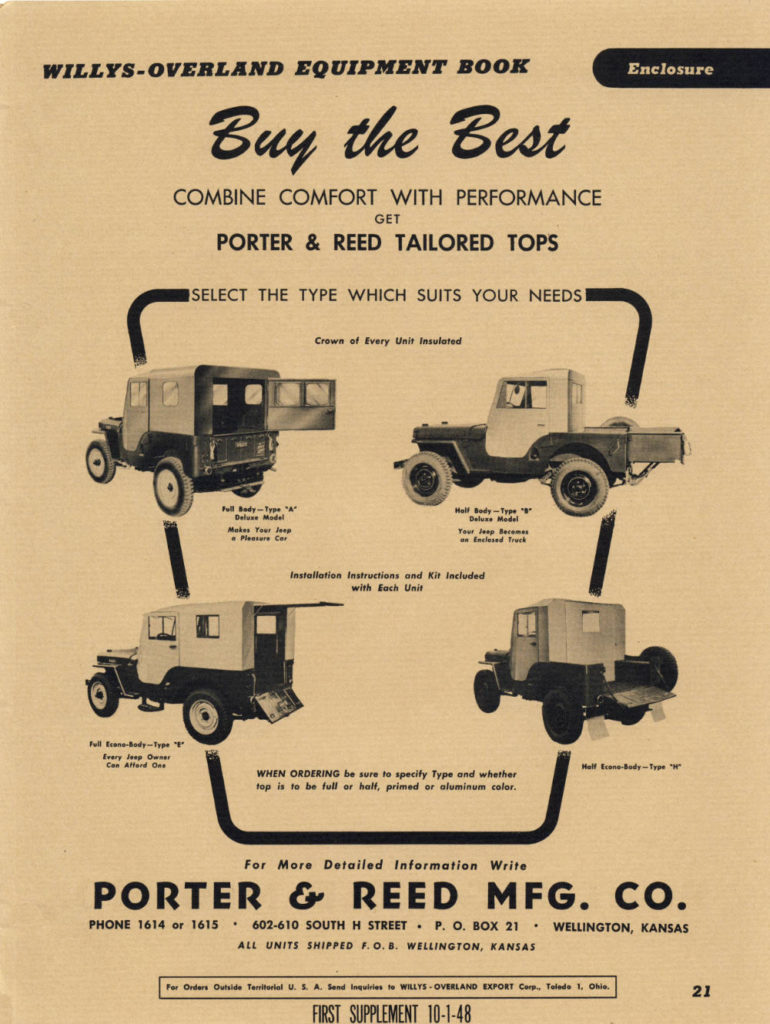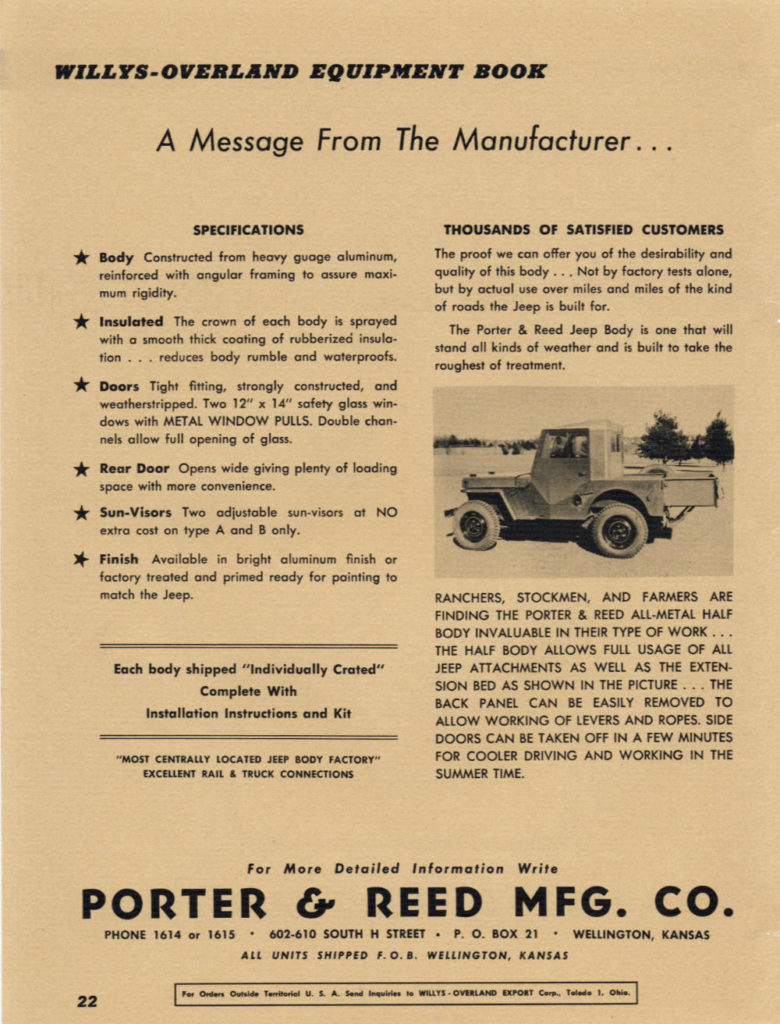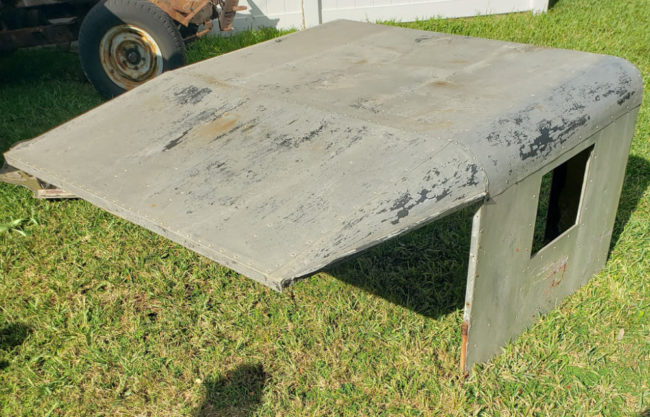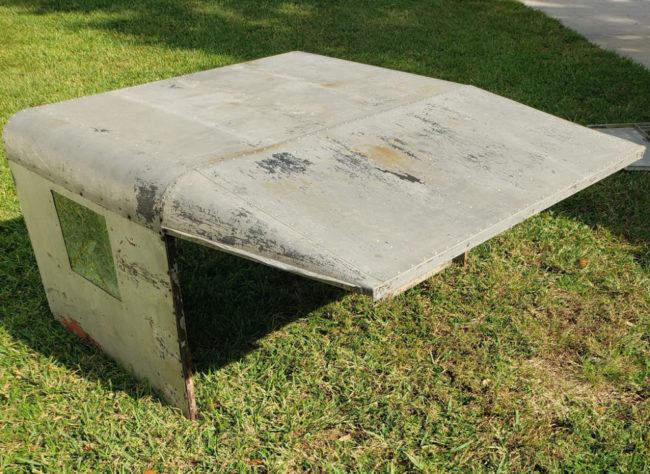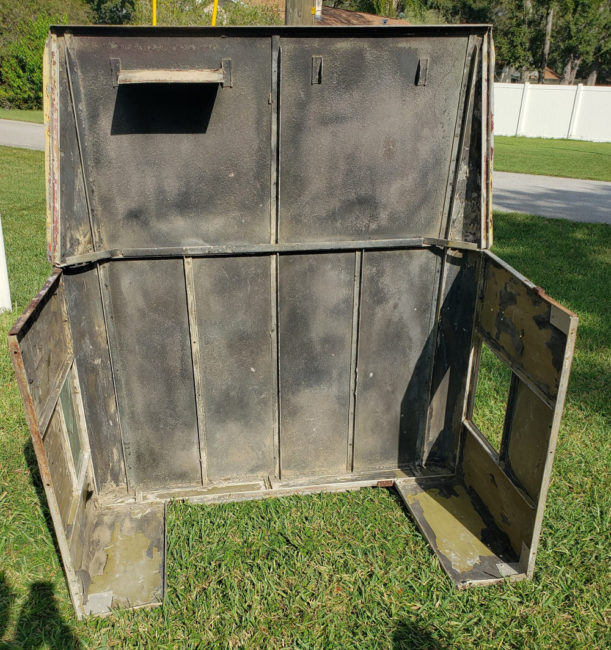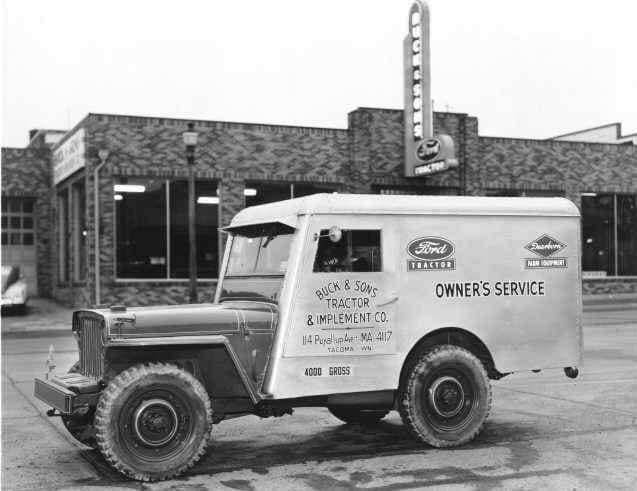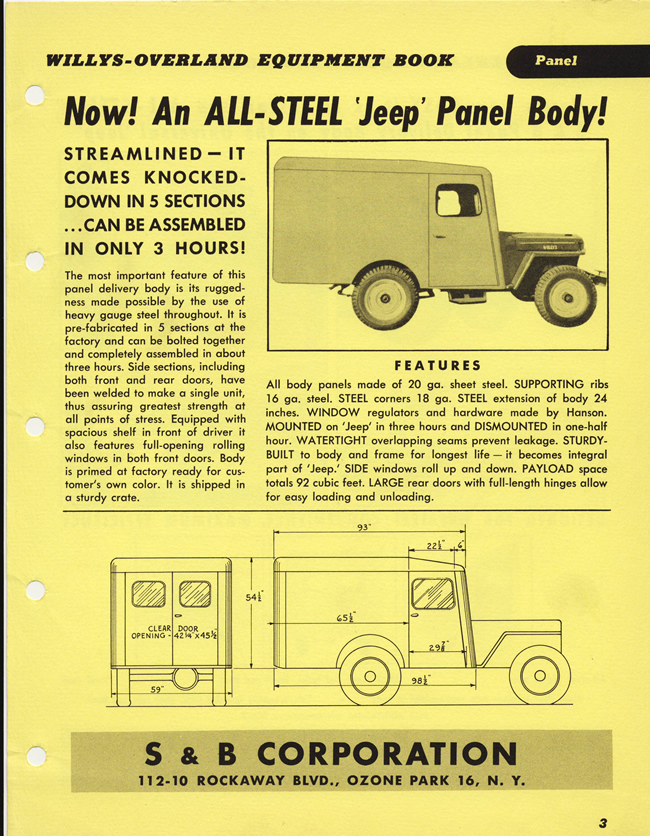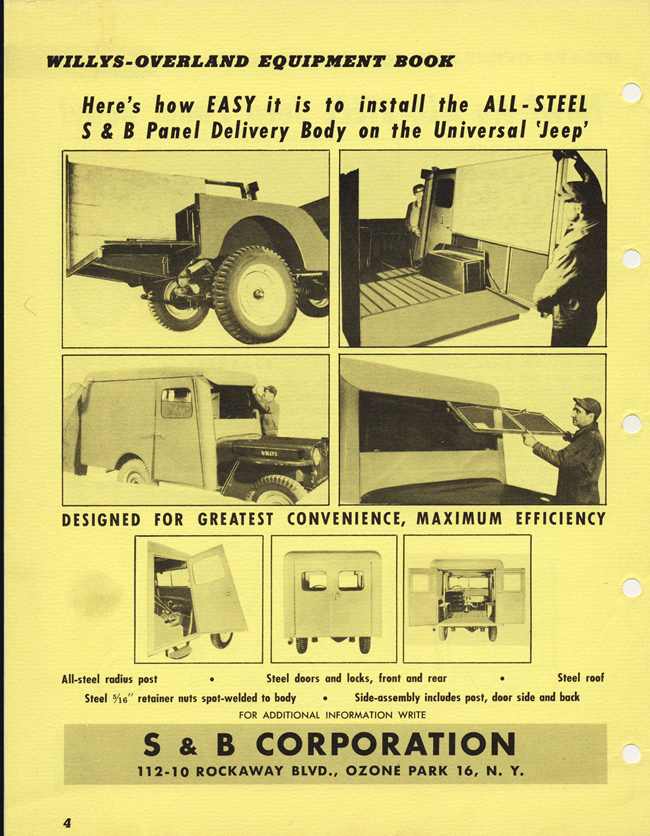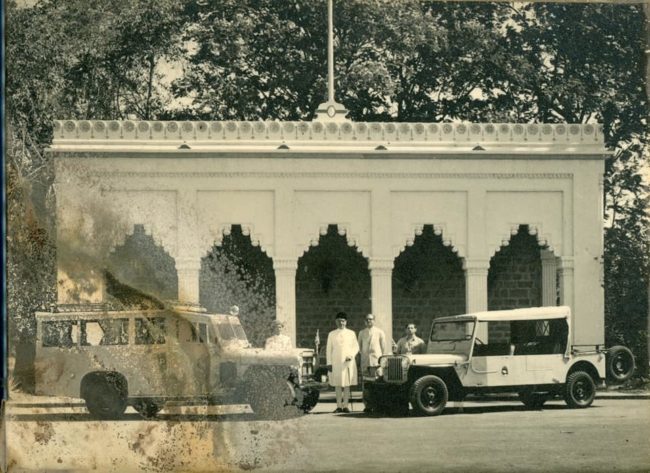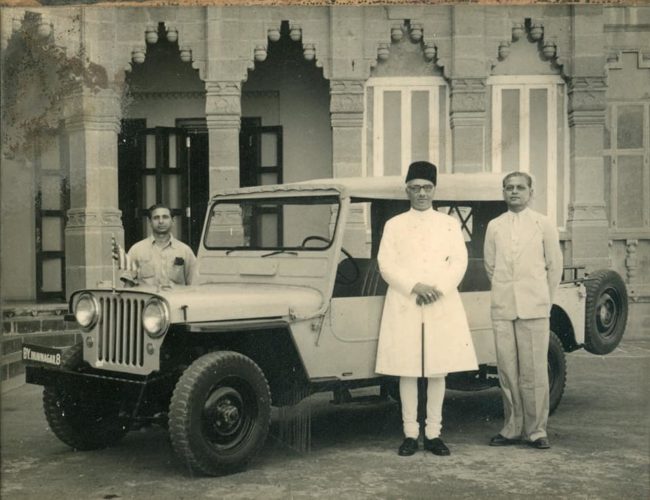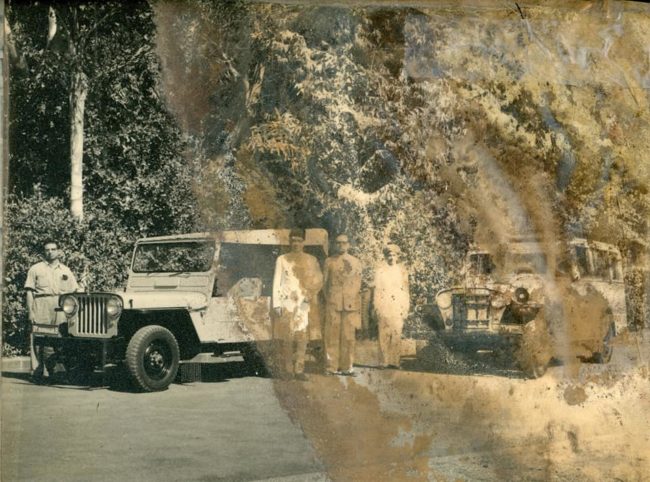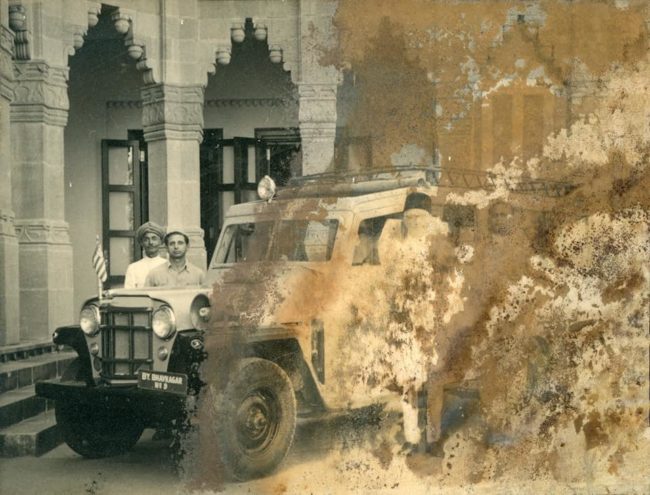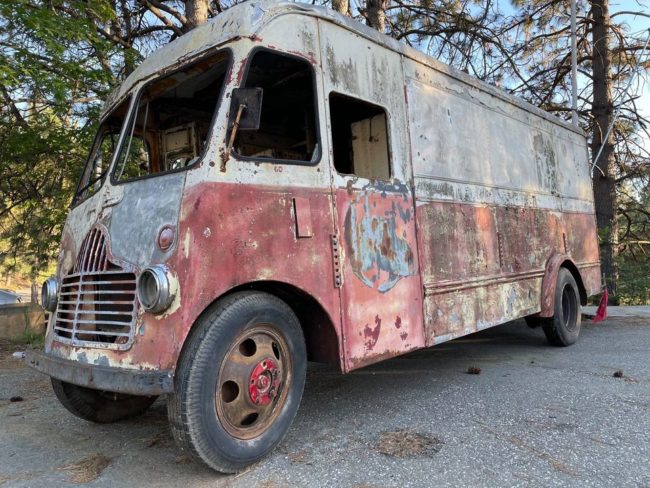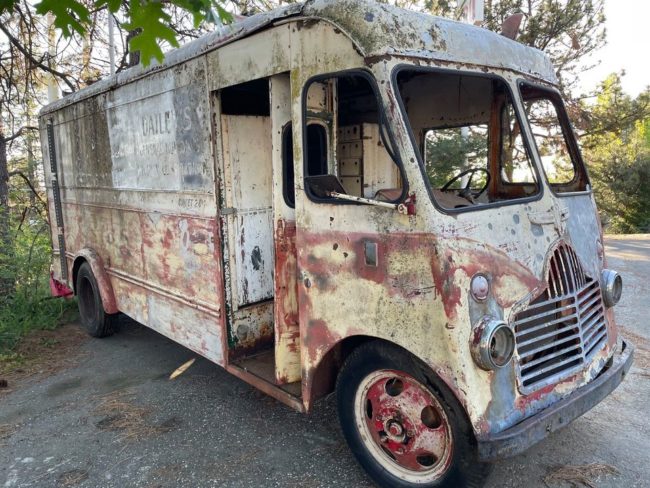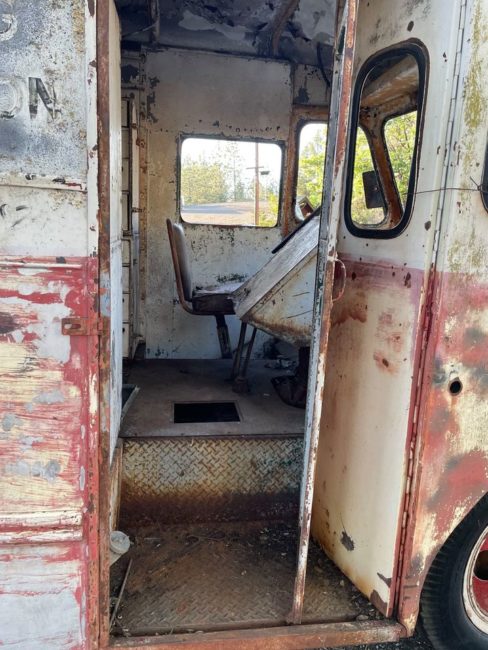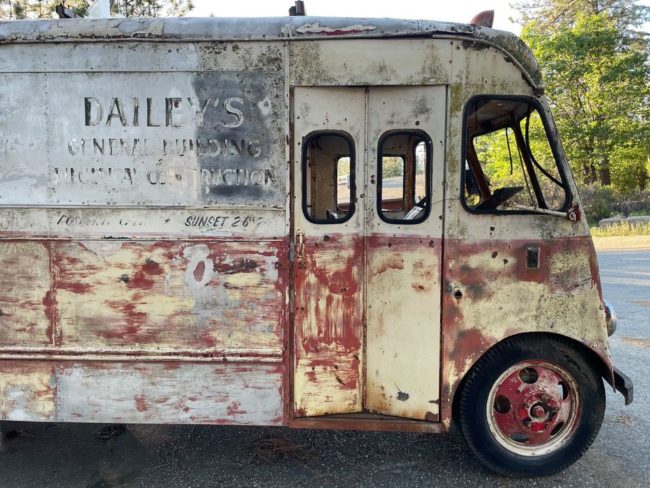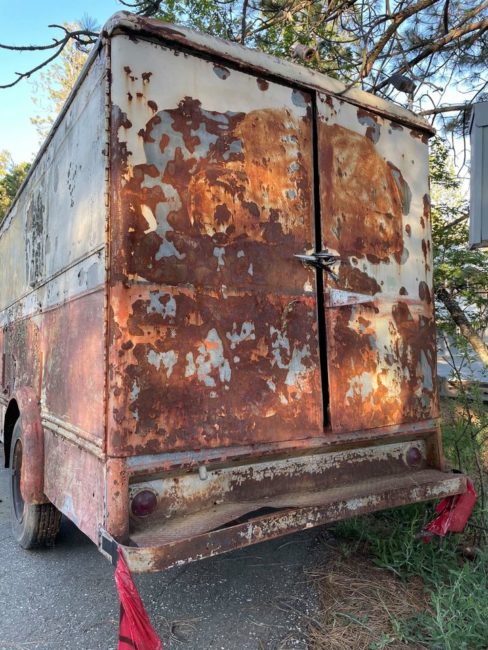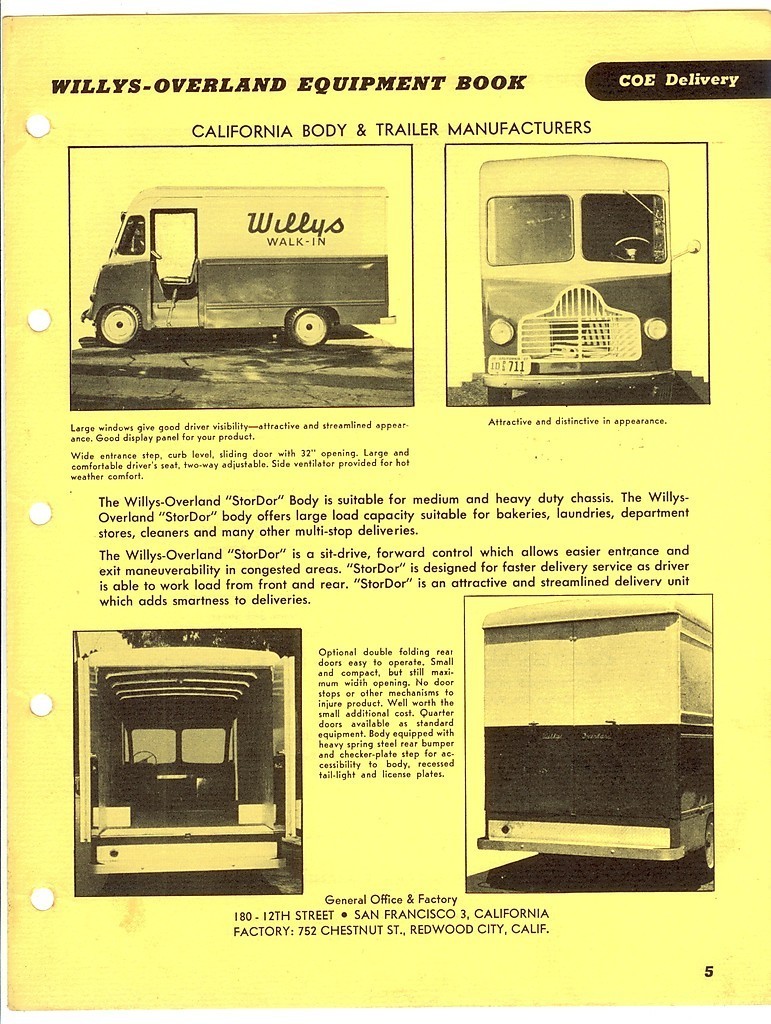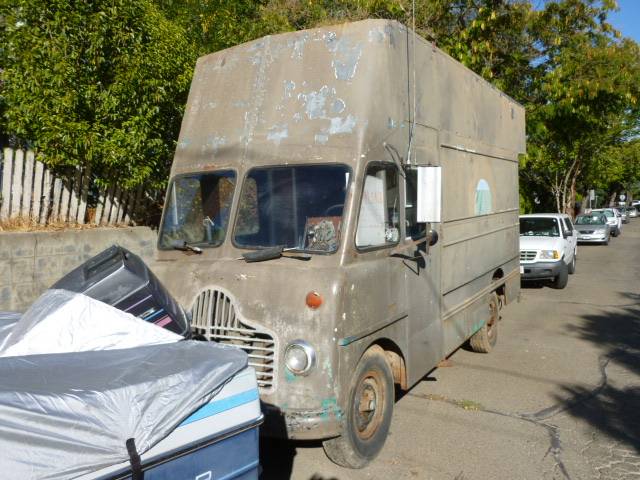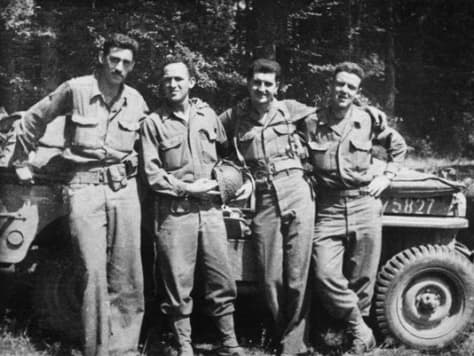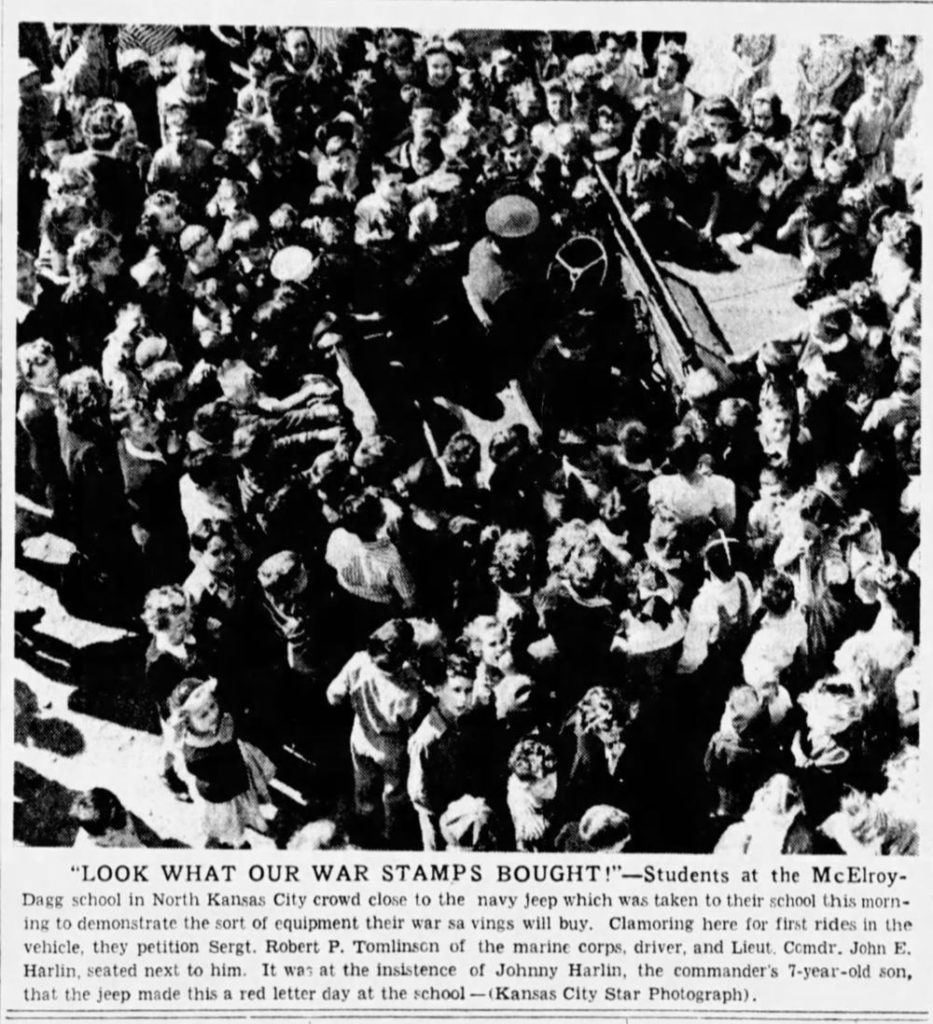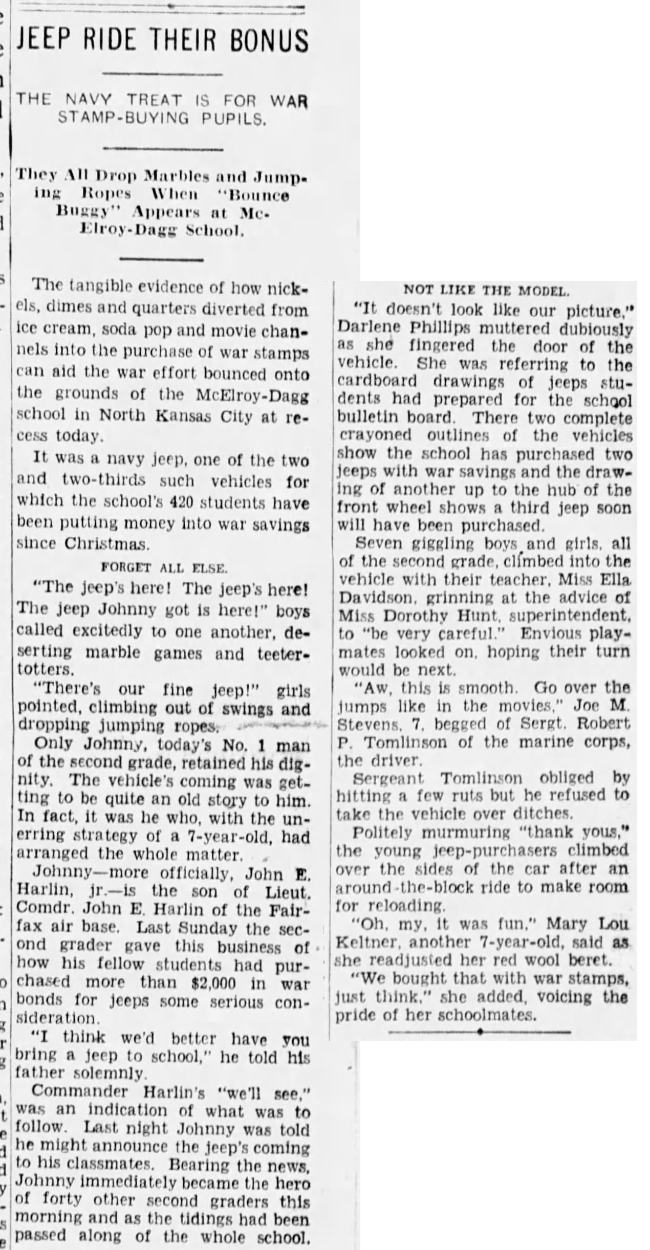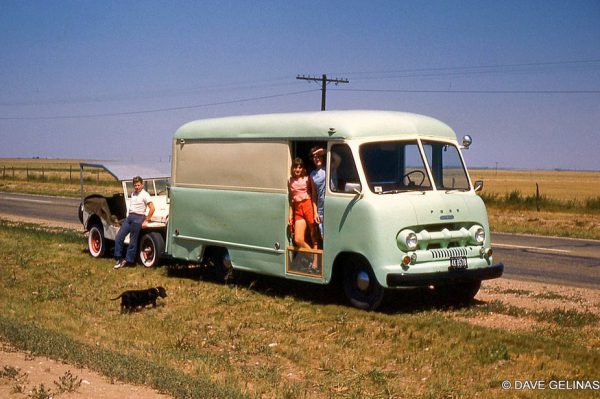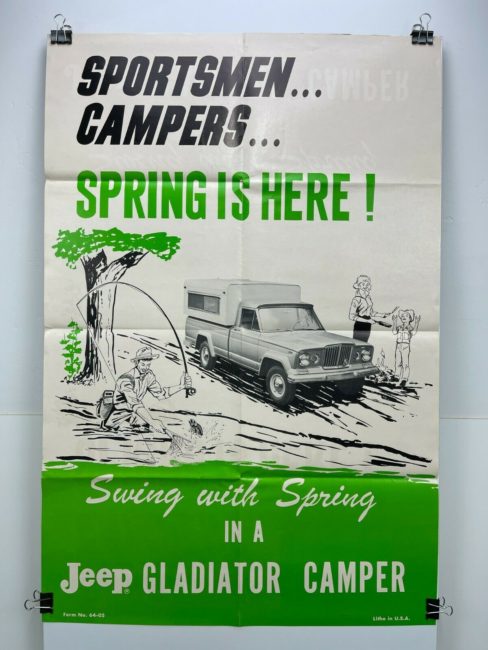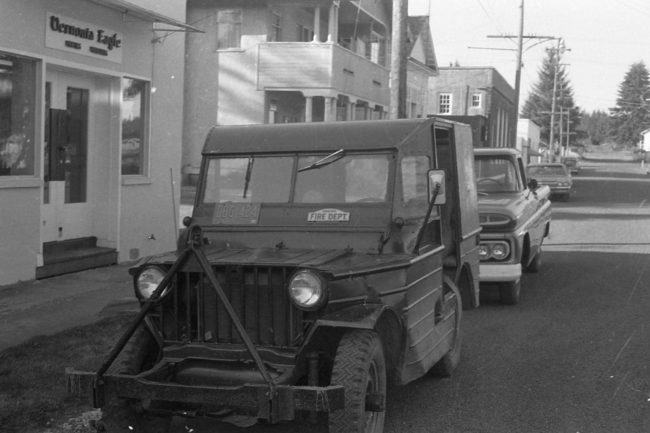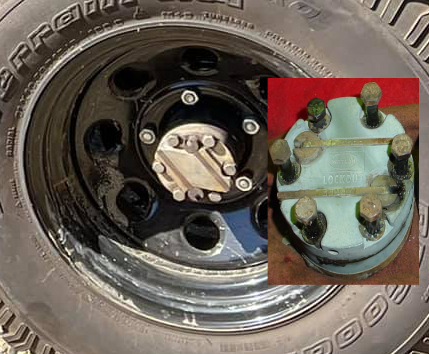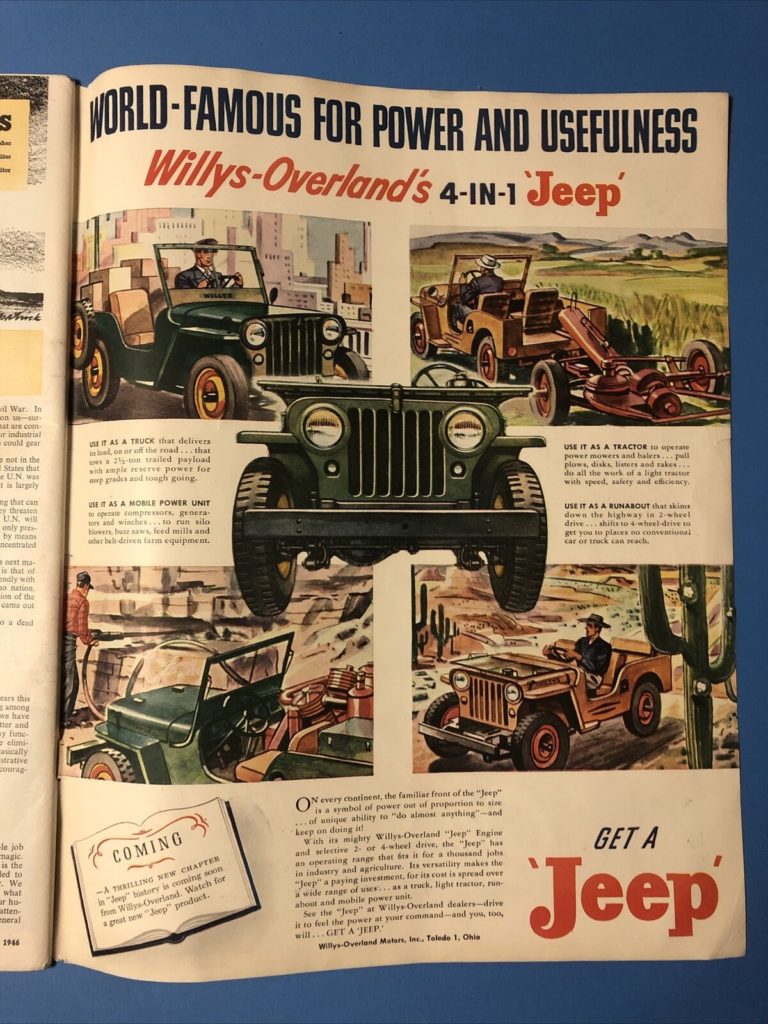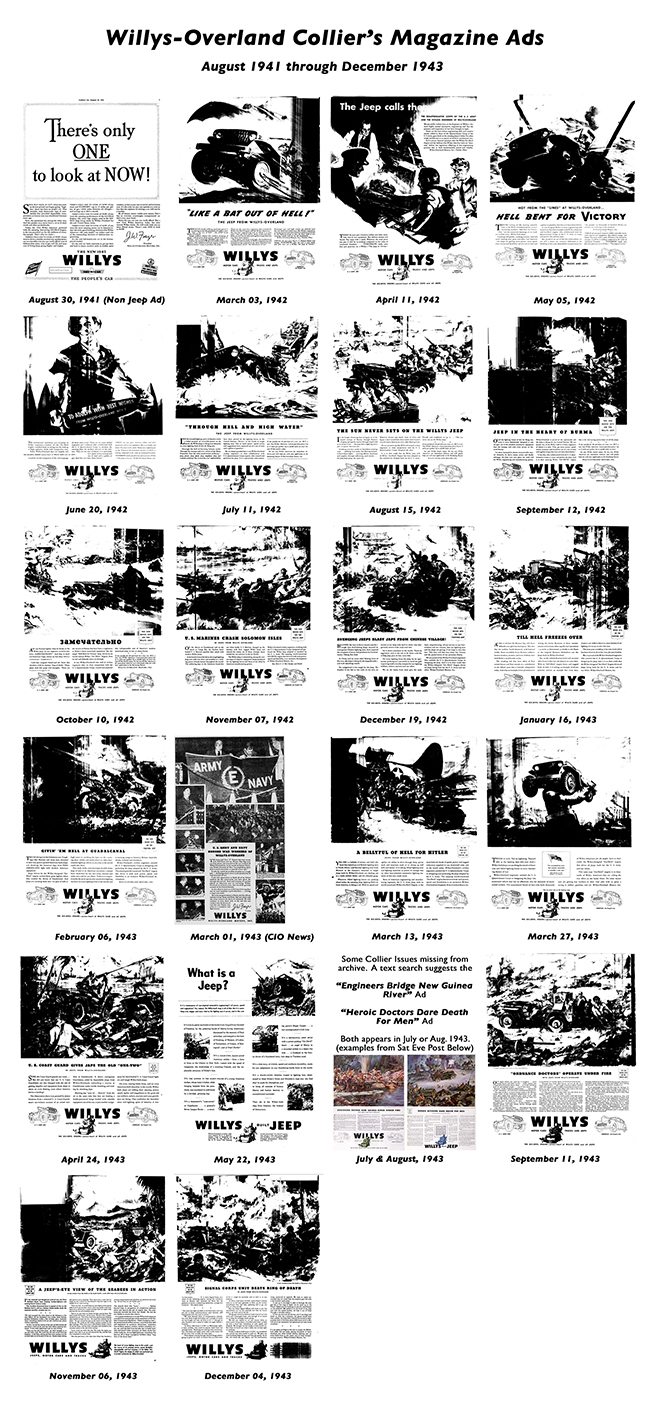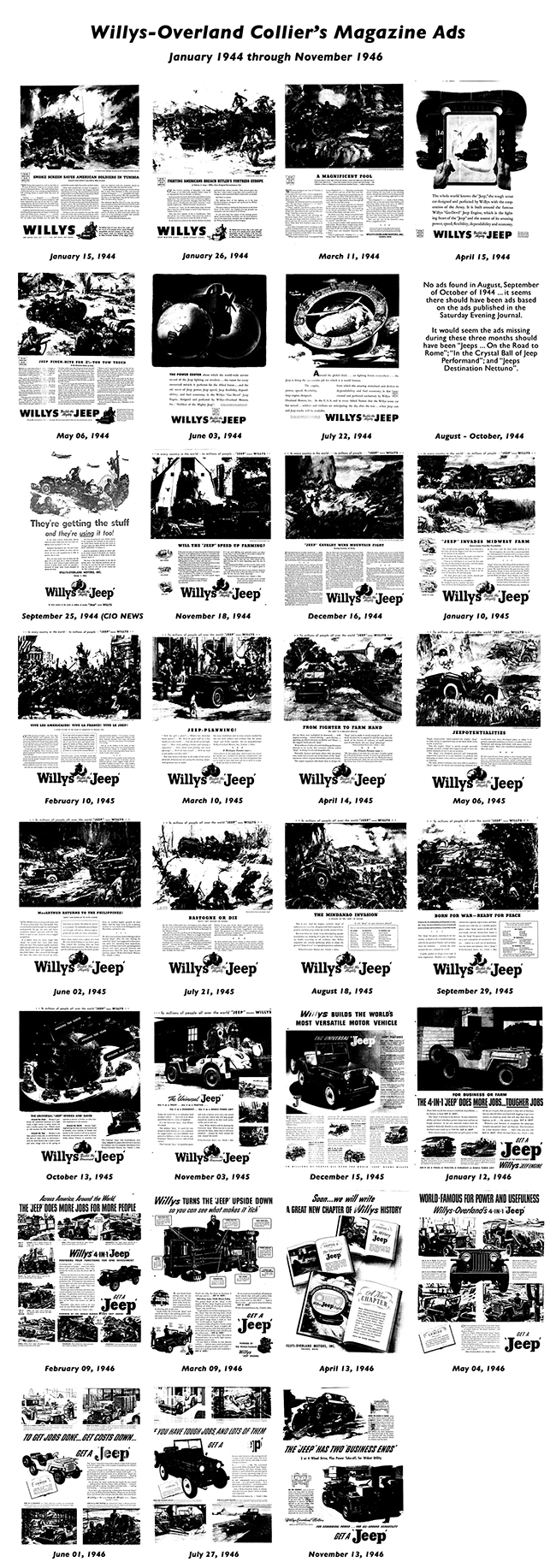Good news. I hope to begin semi-regular updates until late spring(?). With summer behind us, more darkness, Rose’s passing, and most of my work on the guest “bunk house” completed, I have more time to devote to eWillys. The updates won’t always be as comprehensive as before, but it’s better than nothing?
Because of the infrequent updates this summer and semi-regular updates going forward, all advertising this summer has been and will continue to be free, going forward, as a thanks to those advertisers who have supported eWillys over the years.
As for the bunk house work, the last resident was a bachelor with a dog. The result was that the place smelled pretty strongly (and not in a good way, lol), especially the carpet. So, we pulled all of that, put down new floors, replaced the plastic moulding trim with larger, better trim, righted the crooked doors (front door was so out of level it wouldn’t shut), and fixed or removed kitchen cabinets (to open up the space … we don’t need all those cabinets).
Currently, I’ve painted everything white, but we hope to add some accent colors to reduce the ‘snow blindness’ of the white. Next spring, we’ll fix up the outside by adding missing trim, redoing the ramp and deck, and painting the building red and white (after all, it looks a bit like a barn).
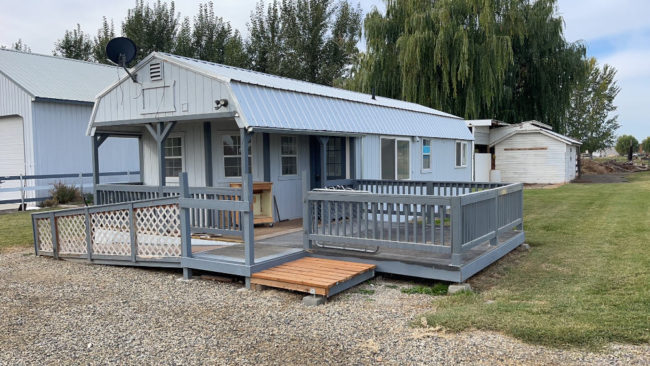
Some friends have expressed interest in renting it, but technically we can’t rent it because of some county rules (long story). Our intent is to make a place folks can stay if they want. Here are some pics.
Ann will be decorating in a barn theme, so that will add some color and texture. We expect it will sleep up to six (queen in the back, futon in the front, and possible bunk beds in an unpictured nook).
Before pic of the kitchen (I am hoping Ann has some better before pics of the interior):
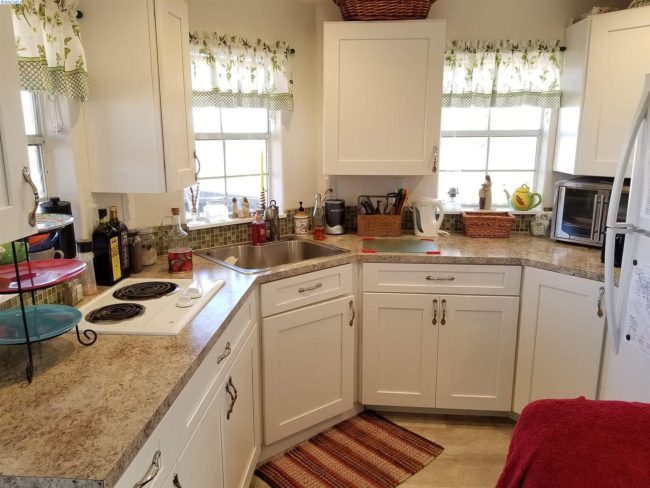
After pic (this was before I painted the trim and made a few other additions … and cleaned up):
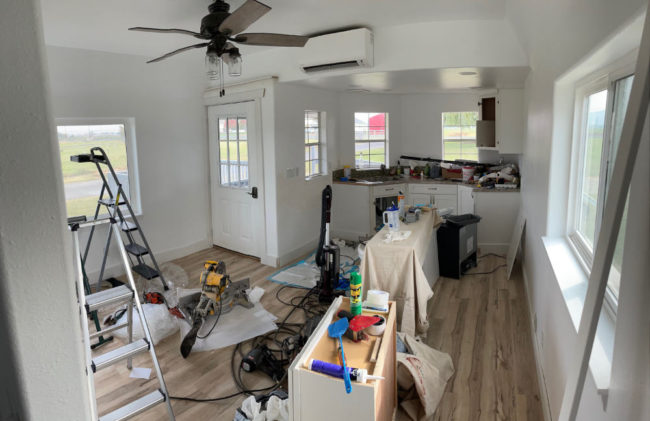
Bedroom:
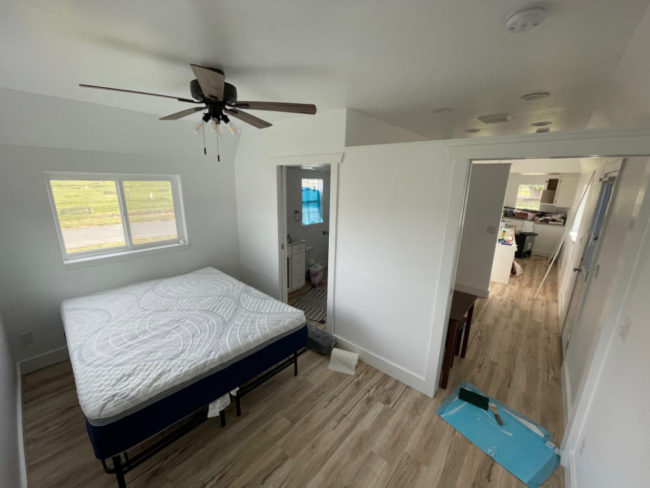
Bathroom:
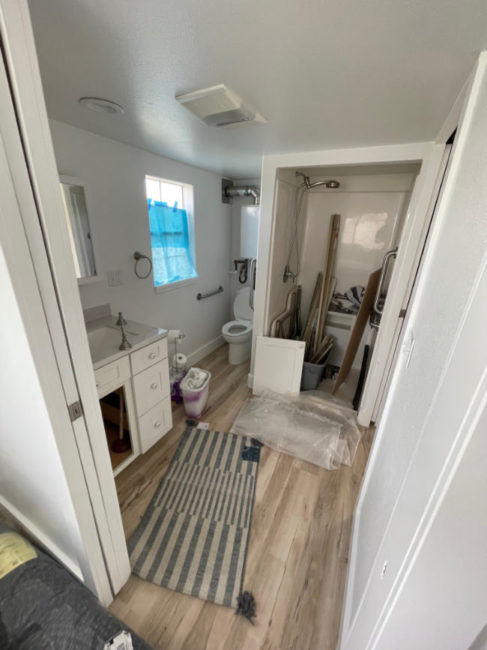
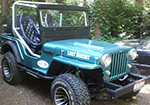
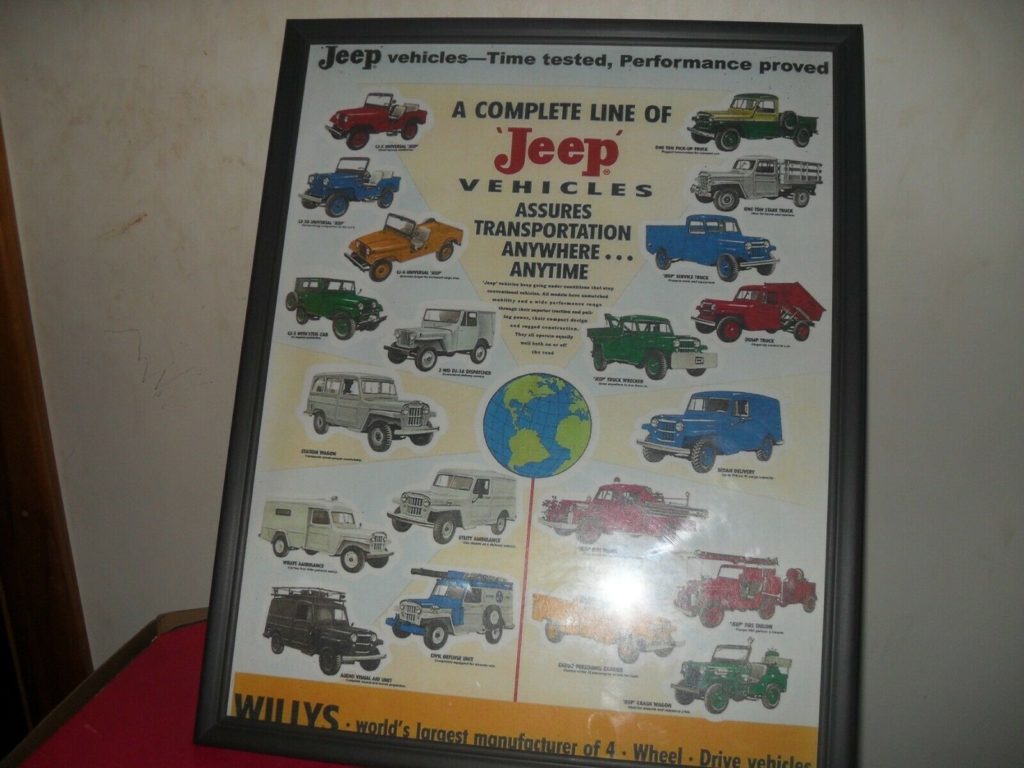
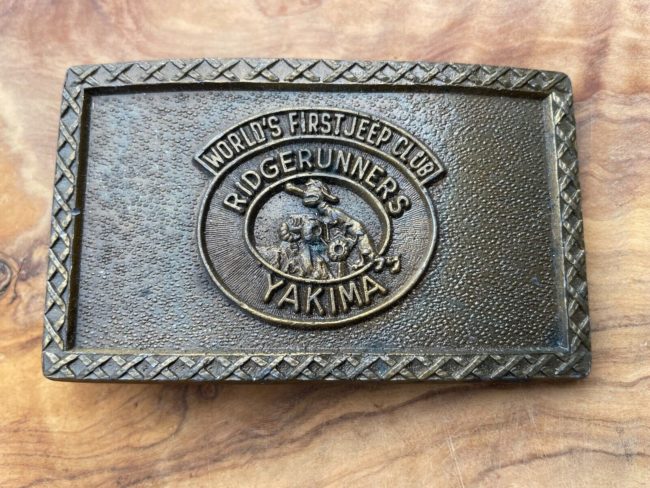
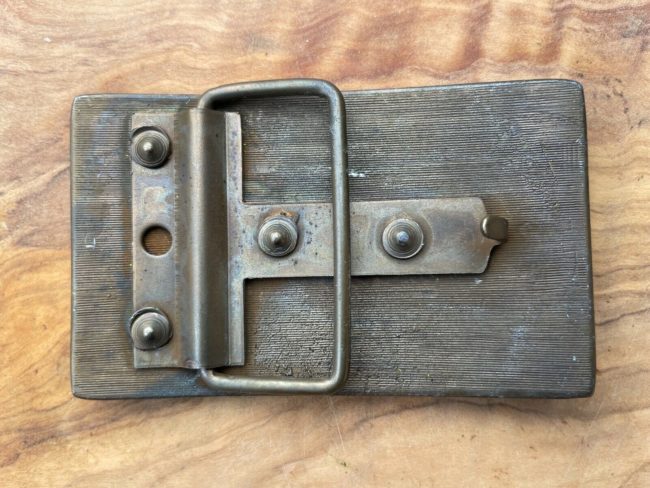
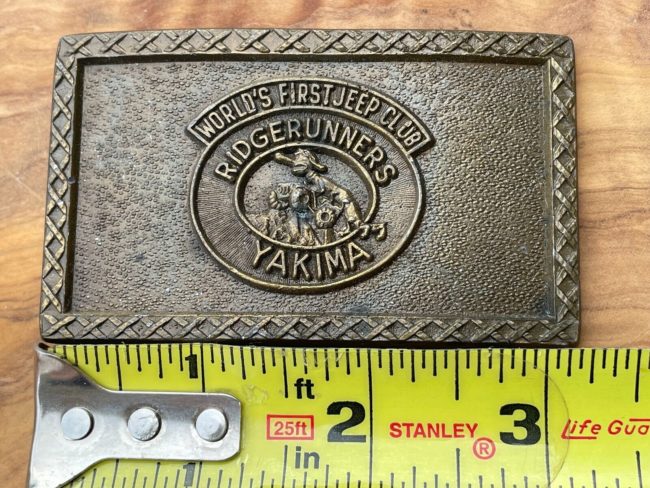
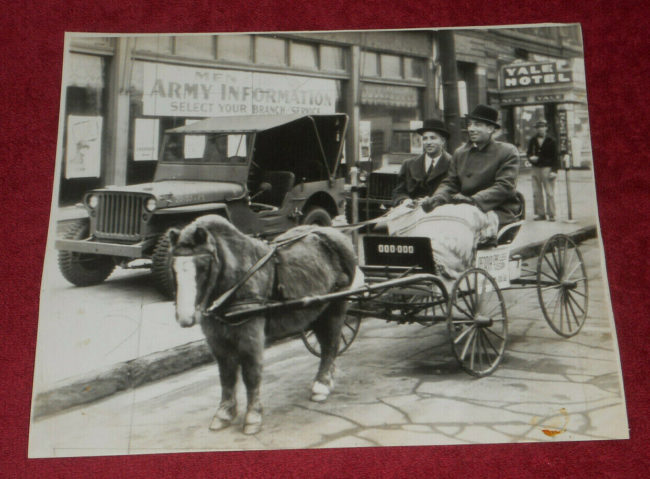
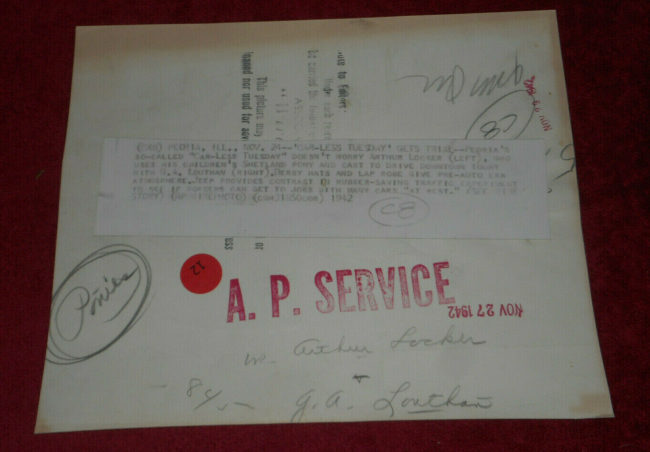
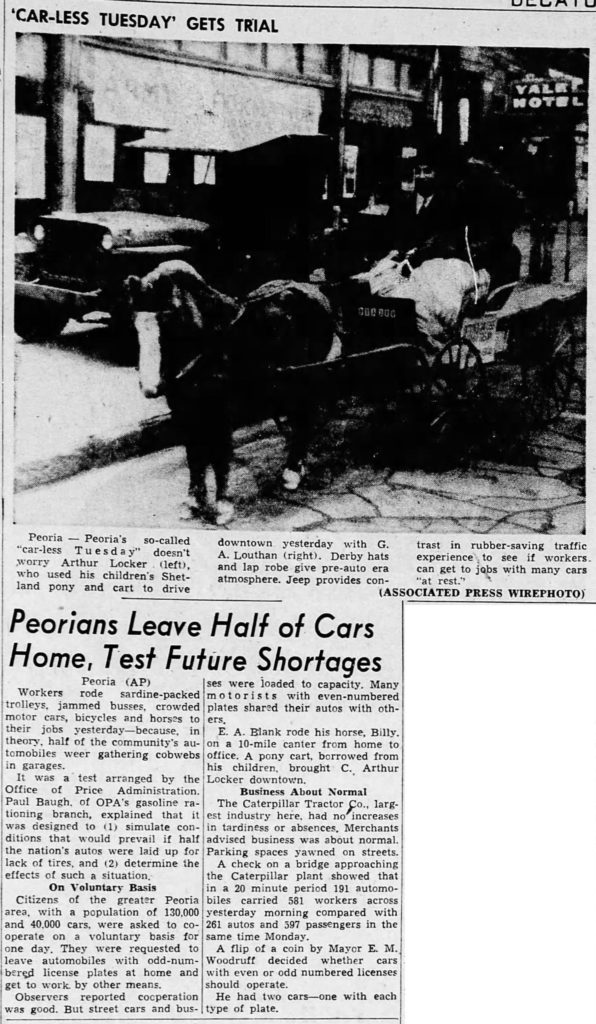
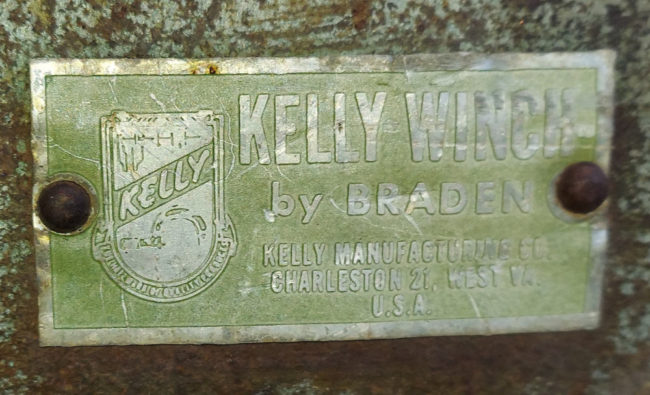
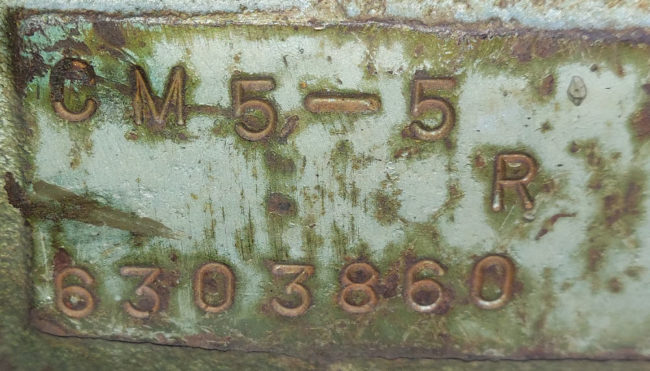
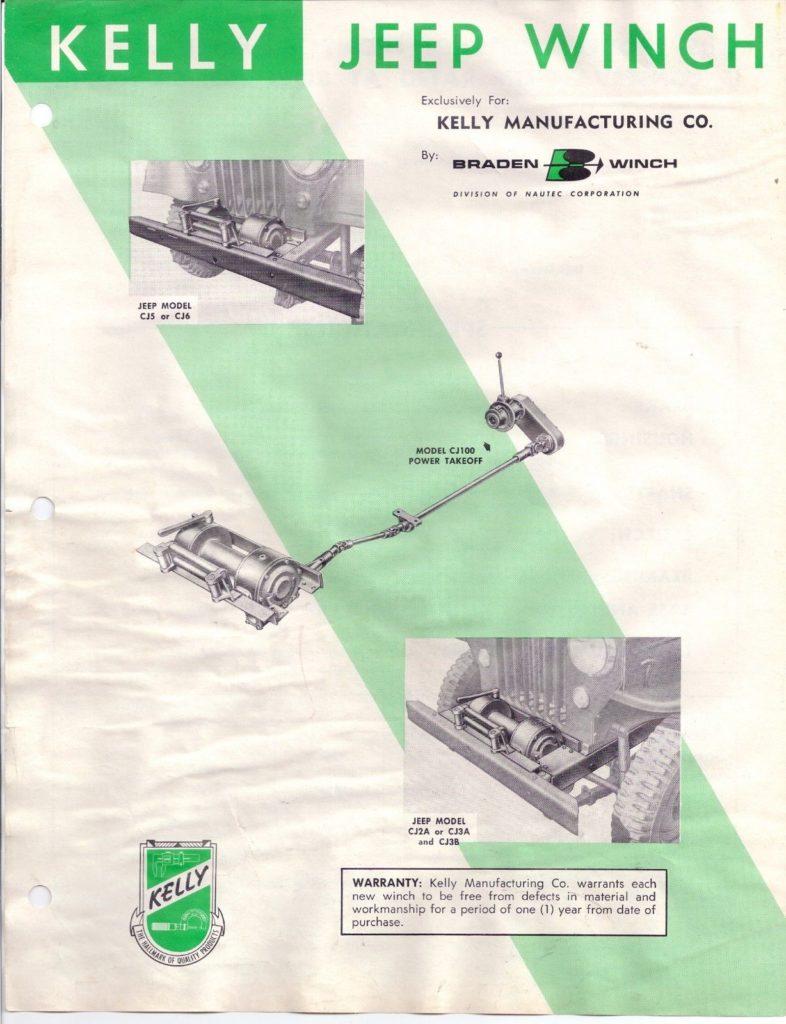
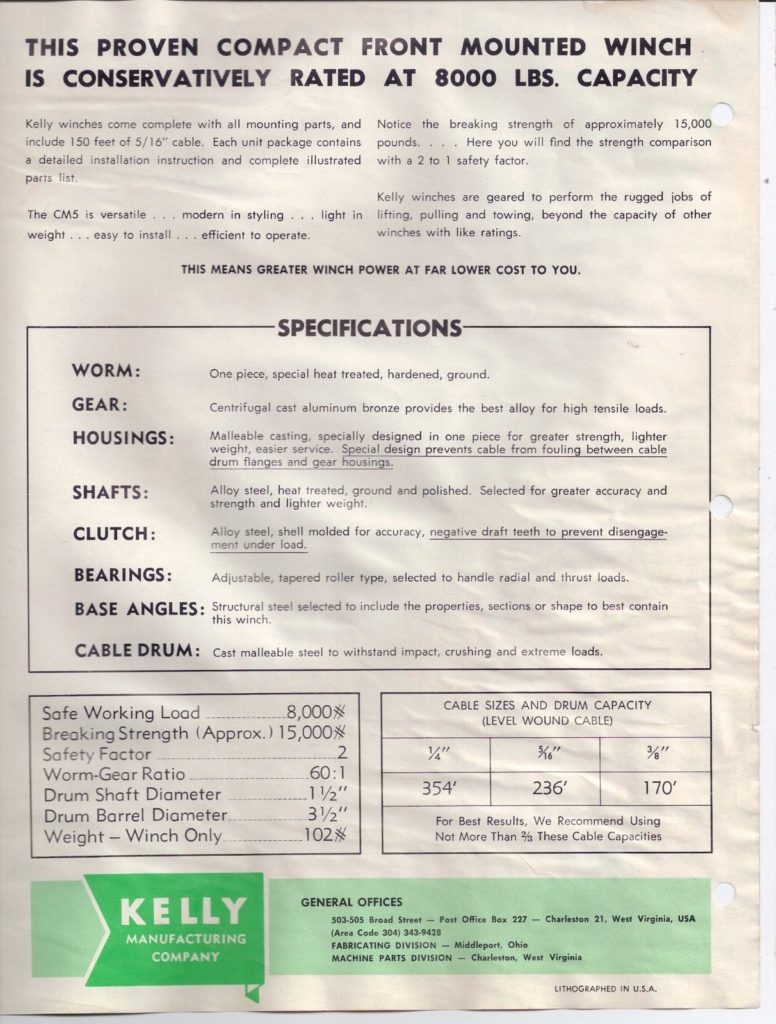
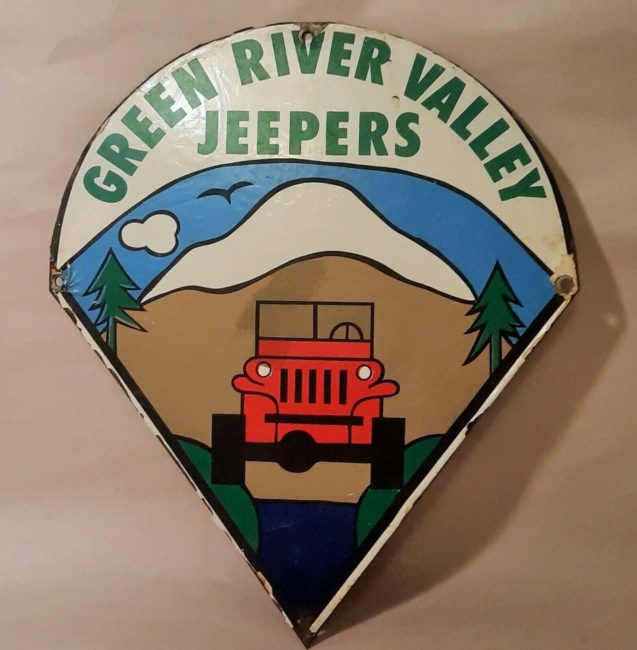
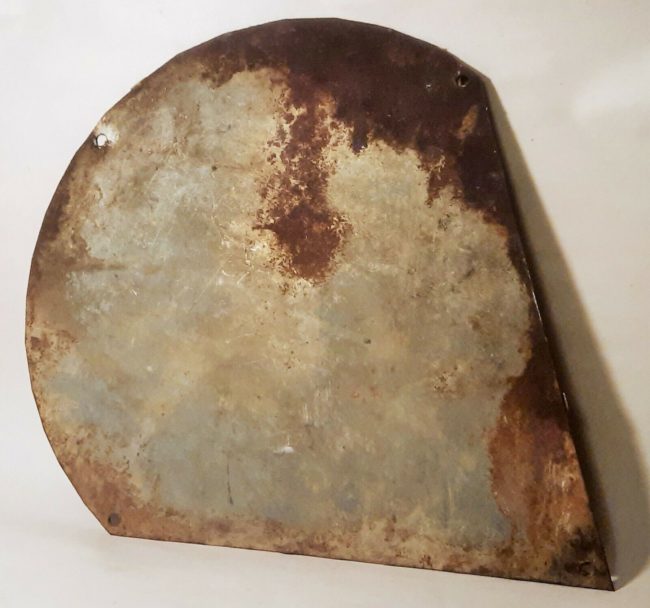
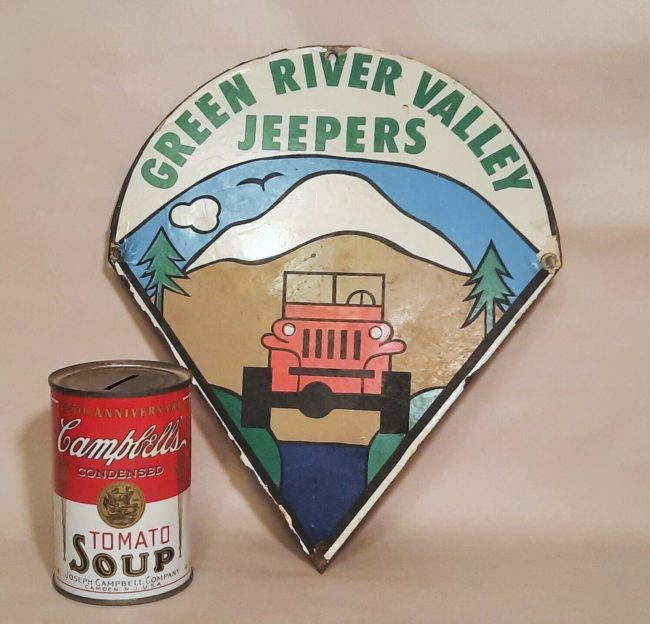
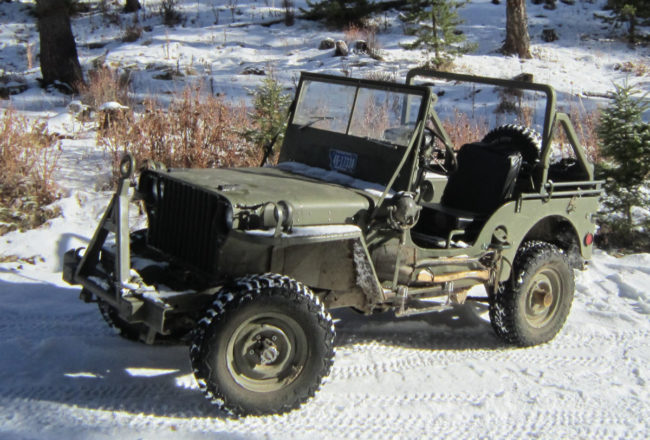
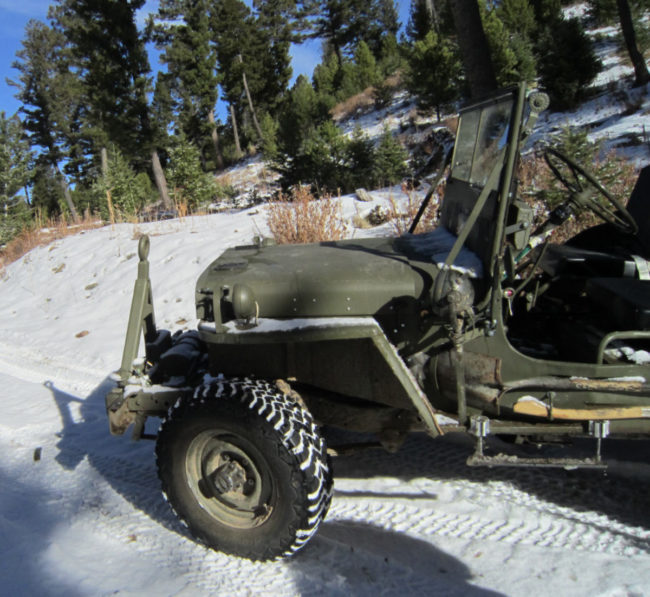
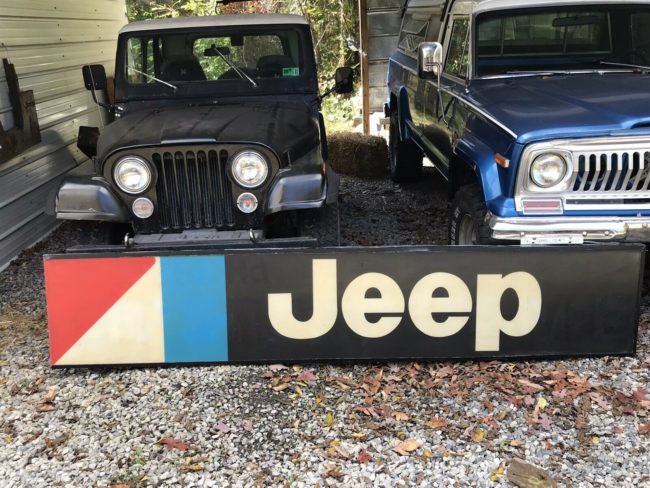
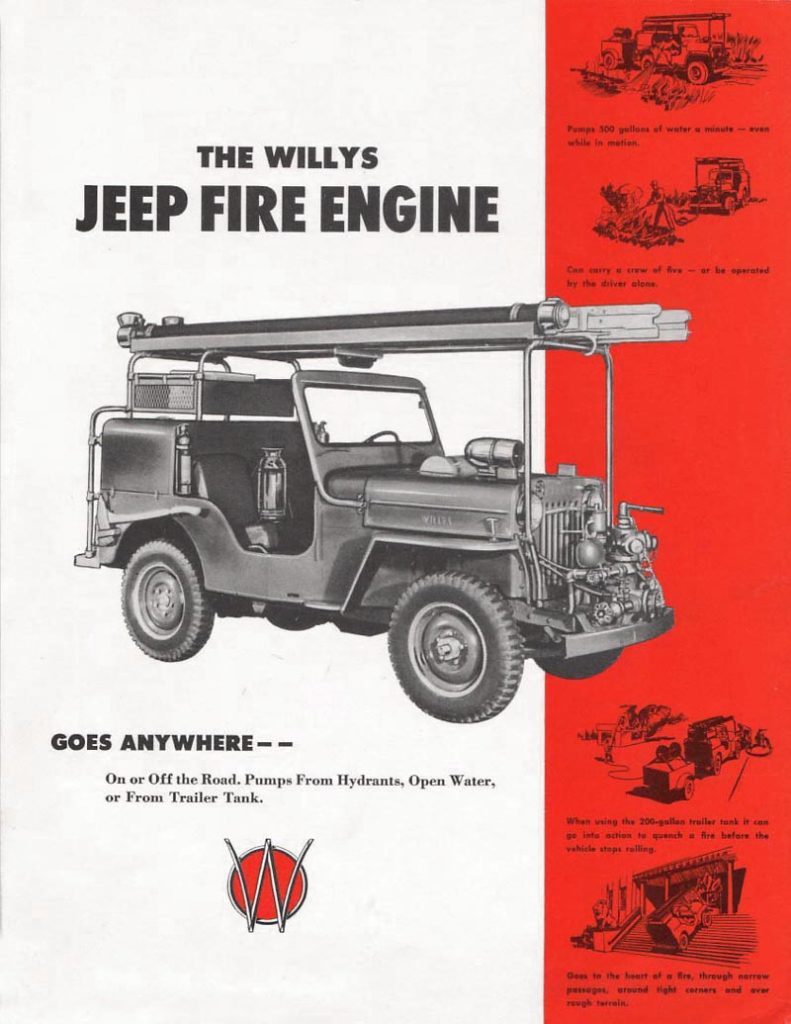
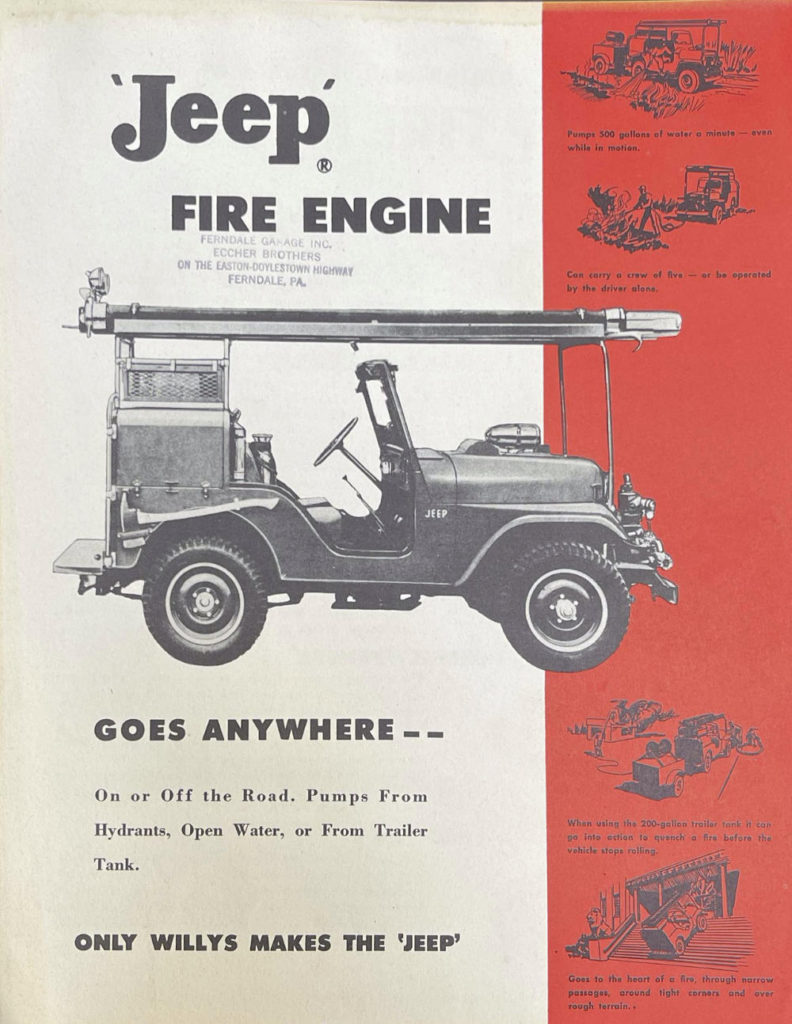
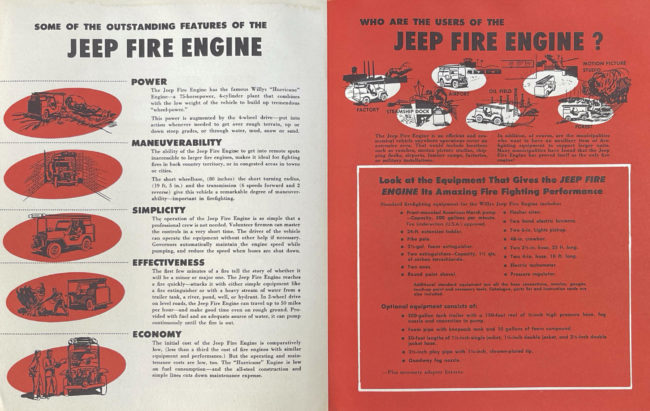
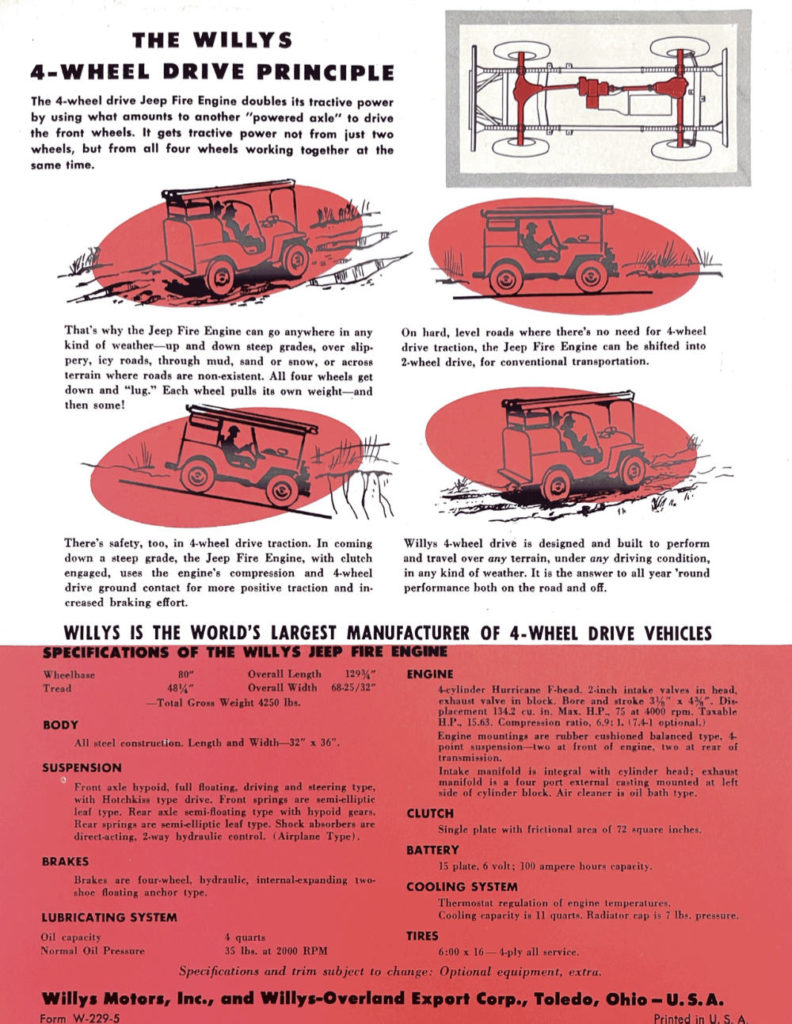
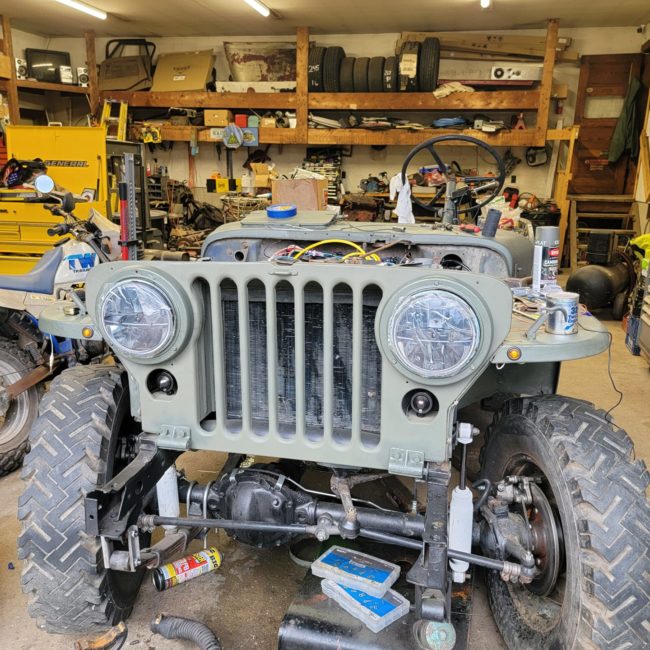
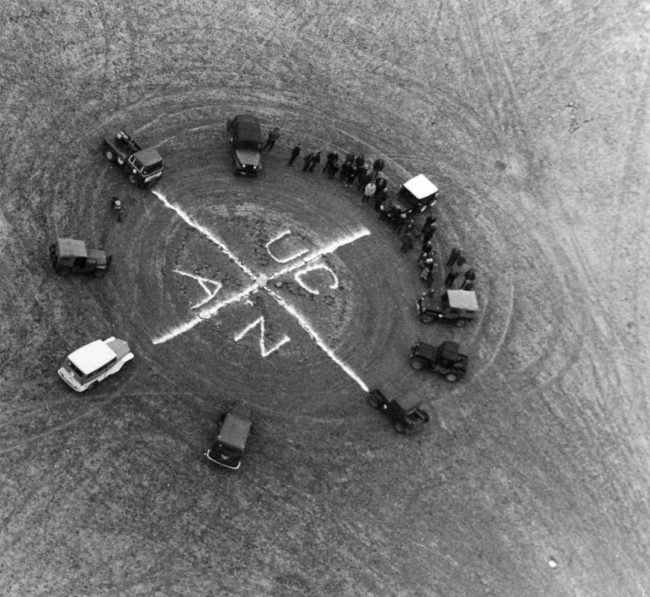
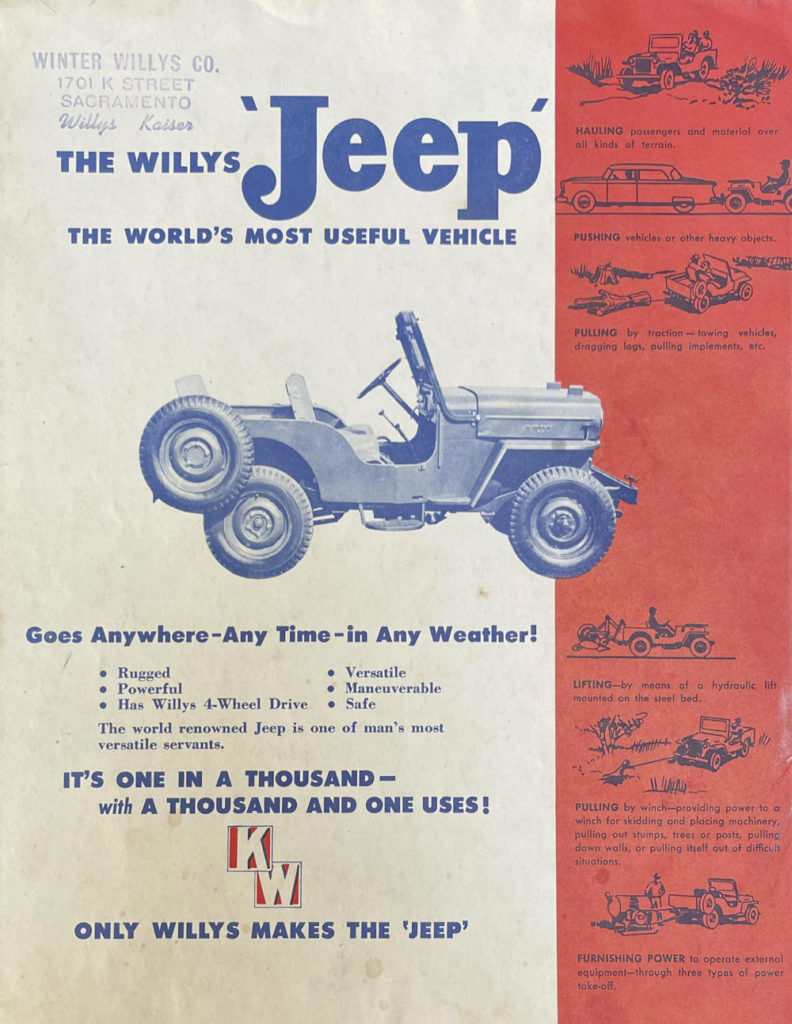
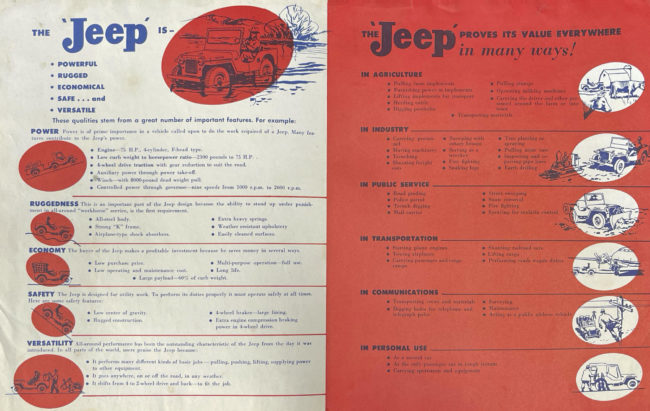
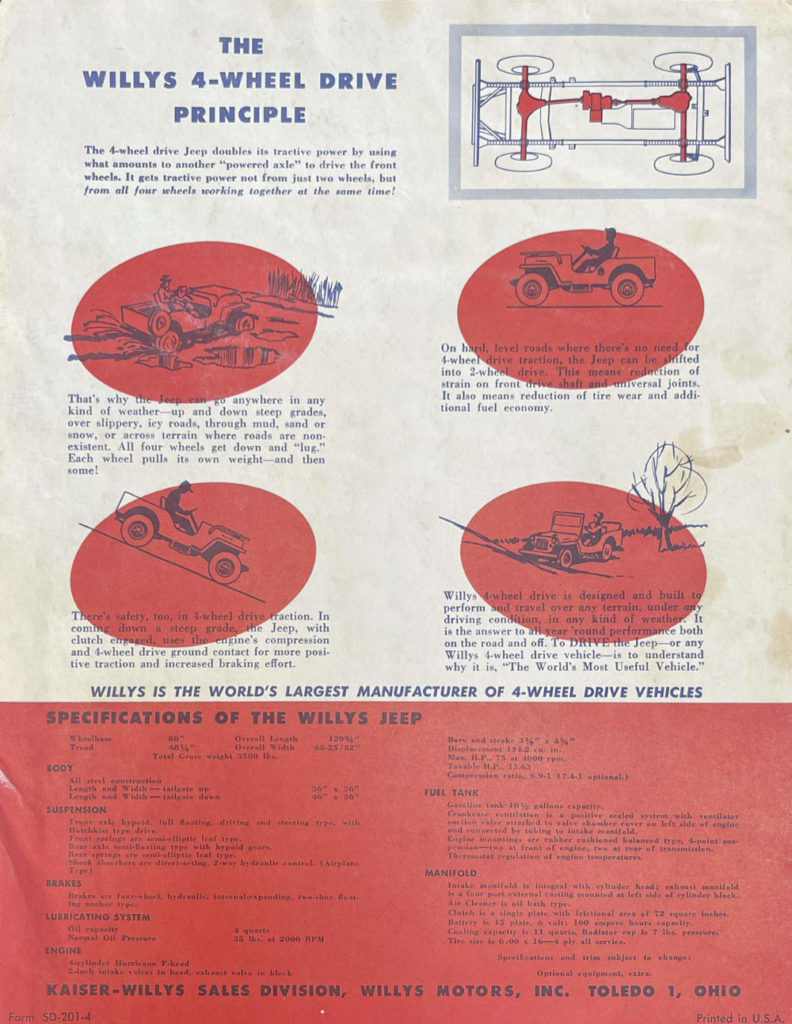
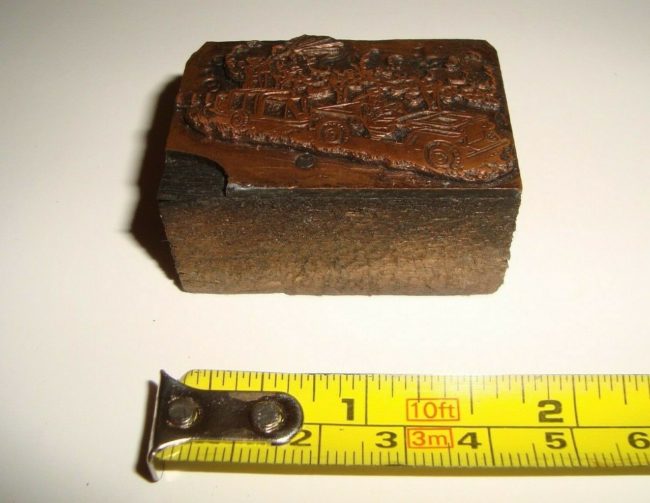
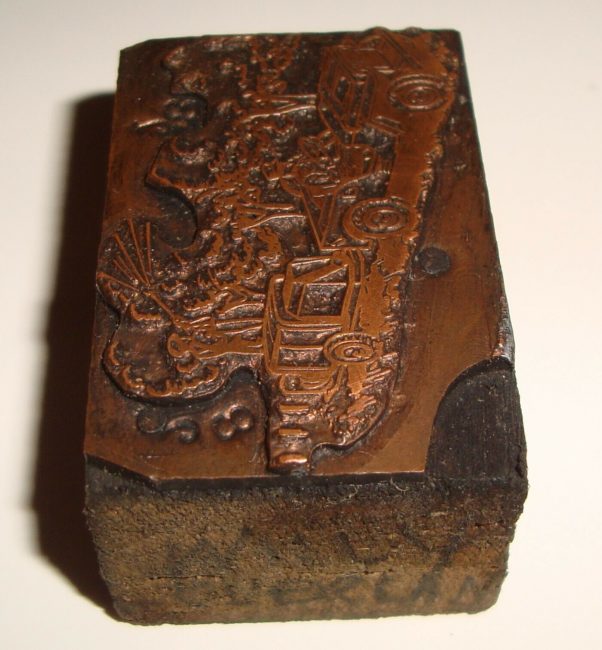
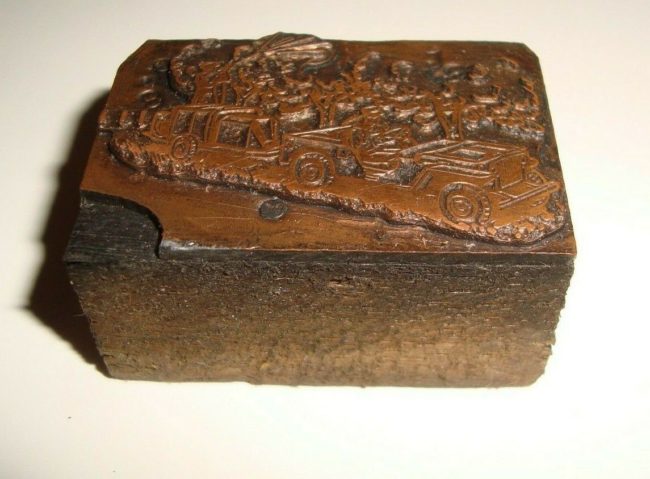
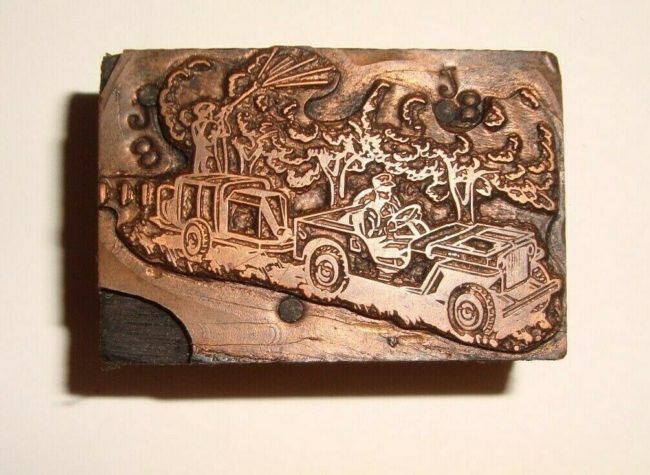
![Evening Star. (Washington, D.C.). 1945-10-03 [p A-17].](http://www.ewillys.com/wp-content/uploads2/2021/10/1945-cj2a-printing-block-wood-ebay1-example1-453x650.jpg)
![Evening Star. (Washington, D.C.). 1945-10-03 [p A-17].](http://www.ewillys.com/wp-content/uploads2/2021/10/1945-cj2a-printing-block-wood-ebay1-example2.jpg)
